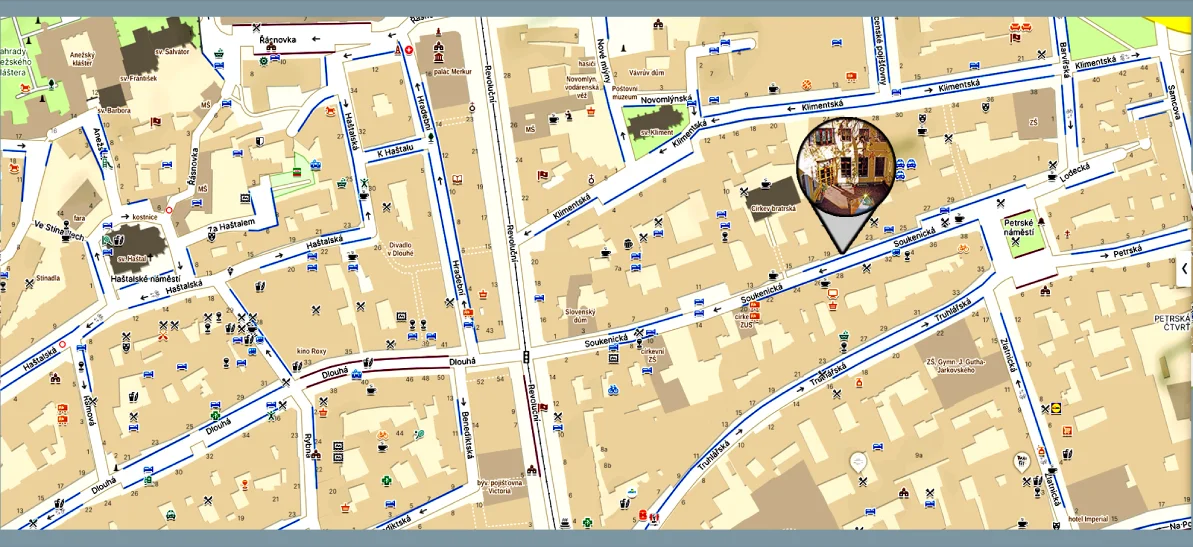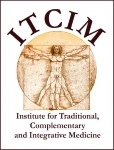
Dr. Revathy Prasad - India
Abstract of the presentation
Effect of Ksheeradhooma Nasya in the Management of Facial Palsy Associated with Stroke – A Case Report
Co-authors: Dr. Asha Karunakaran K, Associate Professor, Department of Kayachikitsa, Government Ayurveda College, Thiruvananthapuram, Kerala, India
Branch: Ayurveda (Ayurveda doctor)
Stroke is the fourth leading cause of death and the fifth leading cause of disability in India. Acute facial palsy is one of the most common aftereffects of ischemic and hemorrhagic strokes. In the former, oxygen deprivation causes facial nerve damage, while in the latter, pressure on the facial nerve from leaking blood leads to facial palsy. As the face is an important medium for communication and expression, facial palsy greatly impairs a person’s quality of life. A 52-year-old male patient suffering from facial palsy following an ischemic stroke was effectively managed with Ksheeradhooma Nasya, Karnapurana, Marsha Nasya, and Shiropichu.
Please note that some of the texts also include machine-generated translations.





